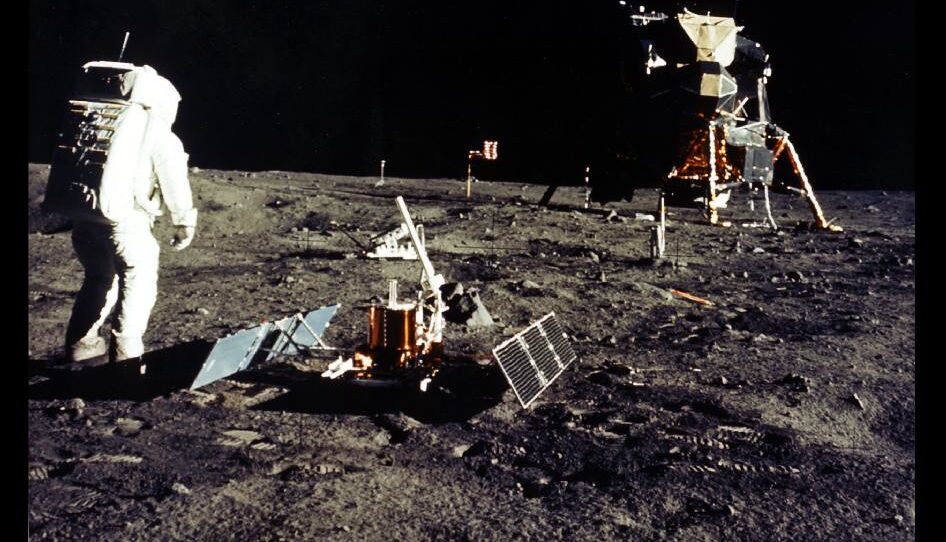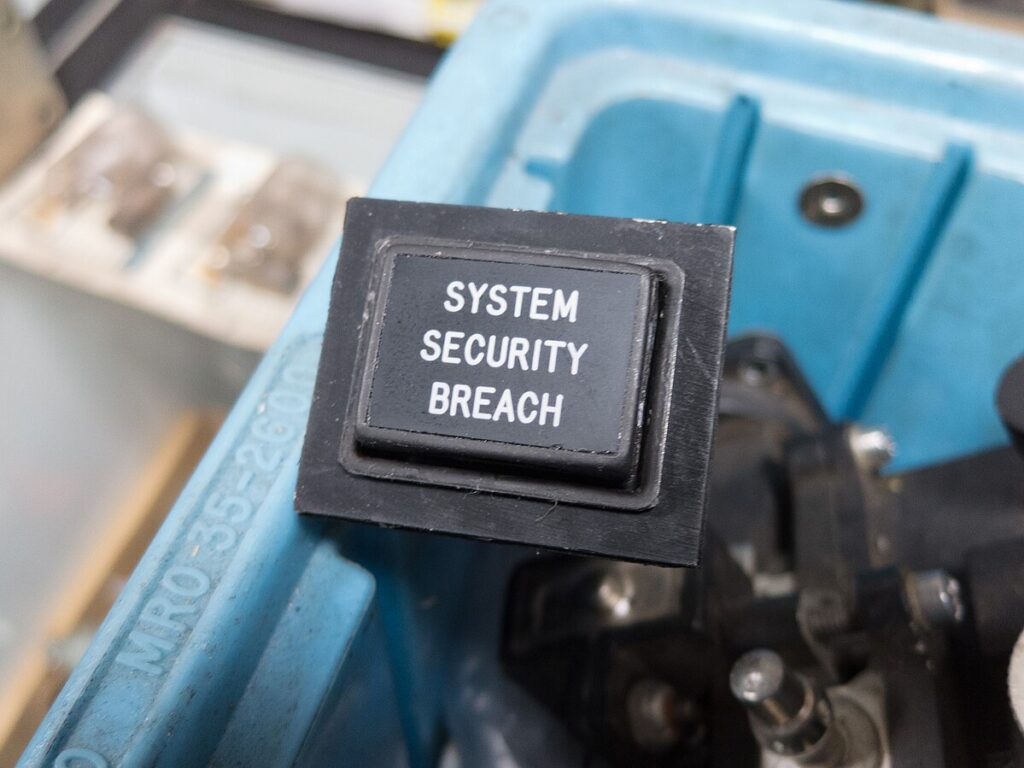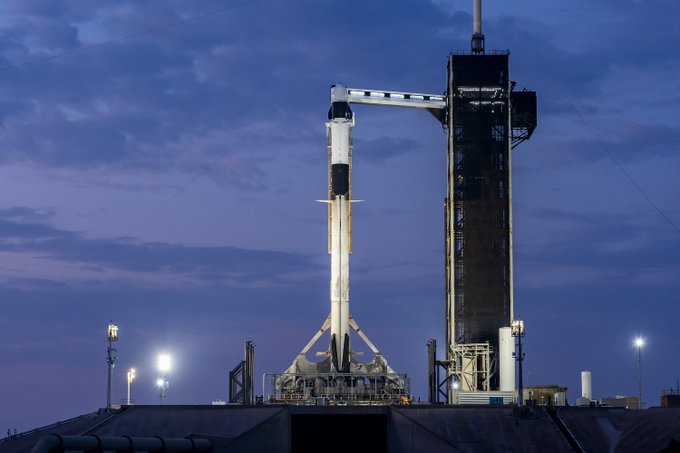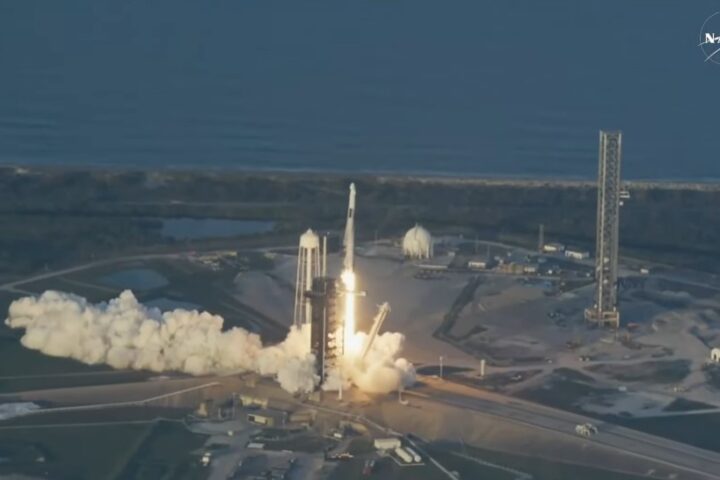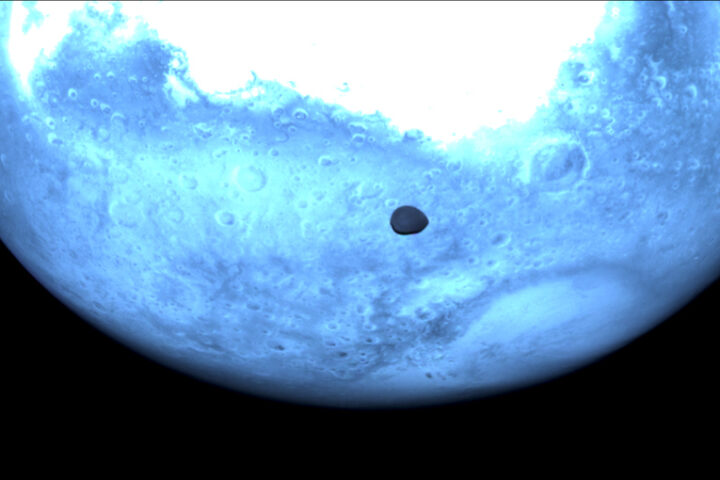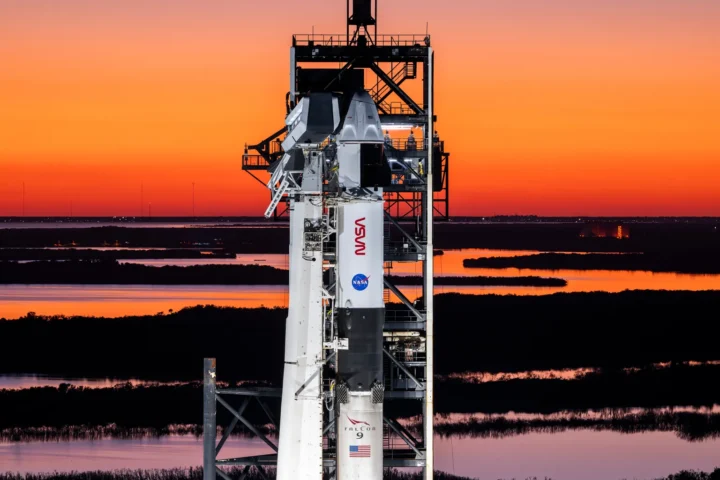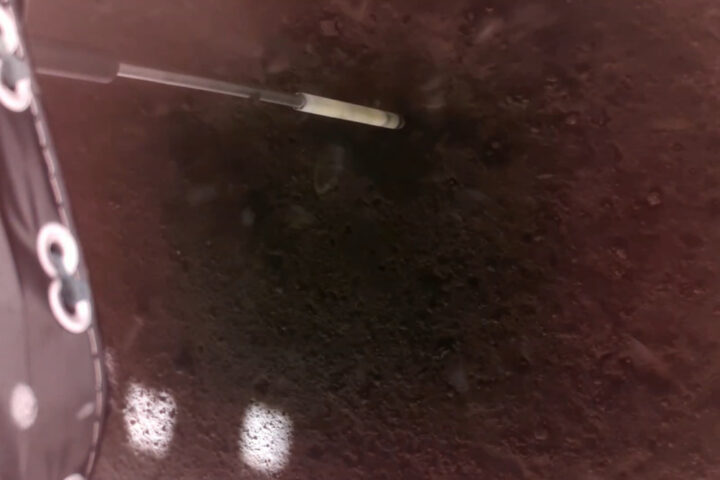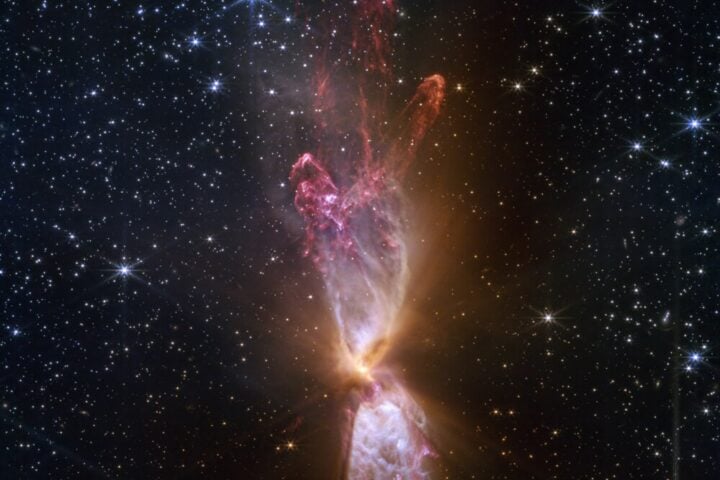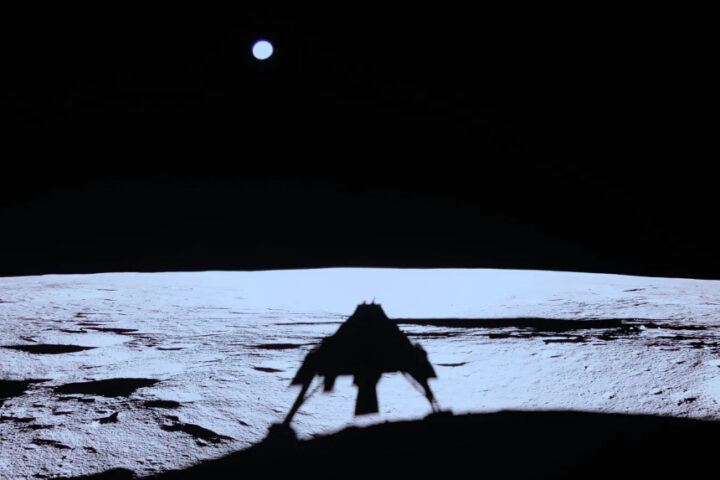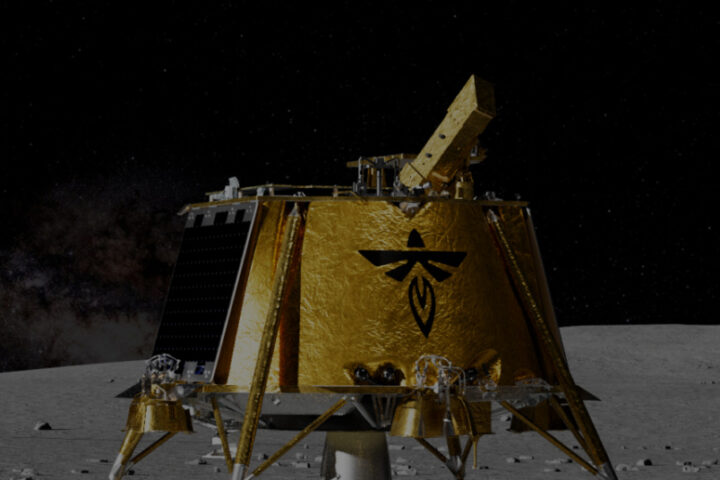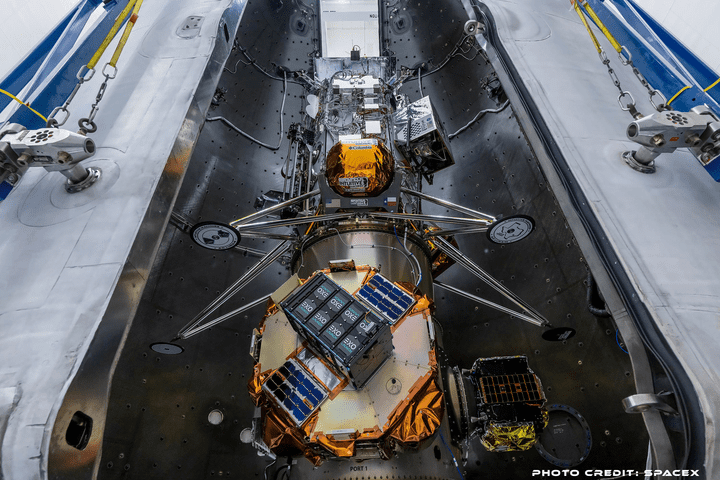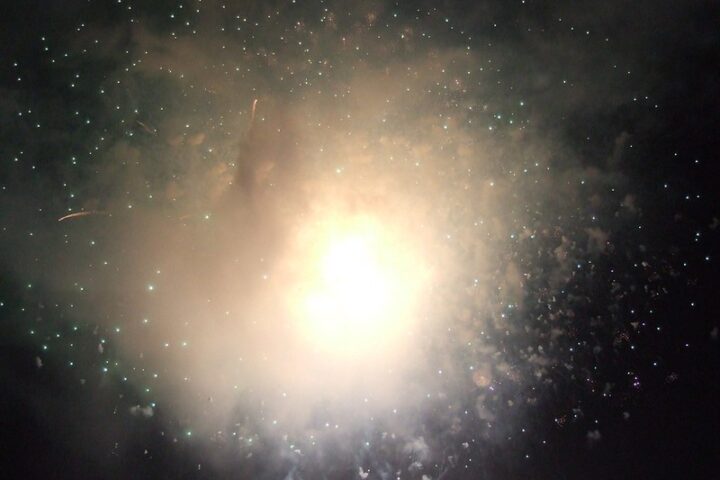Sun and the Moon are the two sources of light during day and night, respectively. There are several theories about the Moon’s formation. It is generally believed that the Moon was formed out of destruction. About 4.5 billion years ago, something crashed into the young Earth and flung enough molten and vaporized debris into space to create the Moon. The early solar system would have been a chaotic, terrifying place.
Visiting the Moon with the Apollo missions in the late 1960s and early 1970s revolutionized our understanding of the Moon’s origins. The Apollo evidence pointed to the Moon forming from a large impact. Lunar rocks were found to contain only small amounts of elements that vaporize when heated. That fact further indicates the Moon could have formed in a high-energy impact that let those elements escape. Though Earth and Moon both came from that ancient collision, studying the Moon gives us our best chance of understanding what happened all those billions of years ago.
Strange discrepancies exist between the Moon’s near and far sides. With humanity’s return to the Moon through the Artemis program, scientists expect a flood of new information that will help us home in on a formation scenario. The final Apollo Moon mission was in 1972. Scientists had decades to investigate lunar samples and data. They know what to target during the Artemis missions to help solve some of the outstanding mysteries about the Moon.
Similar Posts
Meanwhile, here are five things we learned from Apollo Moon rocks:
A. The chemical composition of Moon and Earth rocks are very similar.
B. The Moon was once covered in an ocean of magma.
C. Meteorites have shattered and melted rocks on the Moon’s surface through impacts.
D. Lava flowed up through cracks in the Moon’s crust and filled its impact basins.
E. Lunar “soil” is made of pulverized rock created by meteorite impacts.
The Moon has not lost its attraction, even though we know it was formed from an impact in the cosmos. The human ambition is to live as long as the Moon and the Sun shine!
